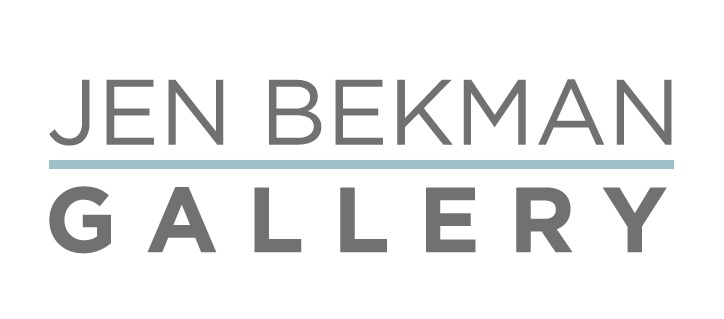THE URBAN WILDERNESS | ARTIST STATEMENT
When I walk deep into Brooklyn's Prospect Park on the first snowfall each year, I find myself transported to the winter meadows and hills of my childhood and to the hikes and backpacking trips around the tiny Pennsylvania factory town where I grew up. My town was surrounded by Christmas tree farms, apple orchards, corn fields and forested hills. My stomping grounds were the trail down to Kettle Creek bottom, the railroad bridge across the Susquehanna River, and the walk through hemlocks and pines to the swimming hole known as The Haystacks. The steeper streets were closed when it snowed, and we immediately claimed them for sledding.
At first glance, many of the snowy spaces in The Urban Wilderness might be mistaken for those rural scenes: stark white meadows rimmed by low hills and bare trees. But upon closer inspection, street lamps come into focus, hints of park benches appear and backpackers are revealed to be dog walkers. The wilderness and the urban details are an incongruous mix: the juxtaposition of pristine emptiness with hints of the immense human presence lurking just outside the frame. But a hike through Prospect Park in the winter is the closest thing I can manage these days to those walks through the snowy hills of my childhood.
